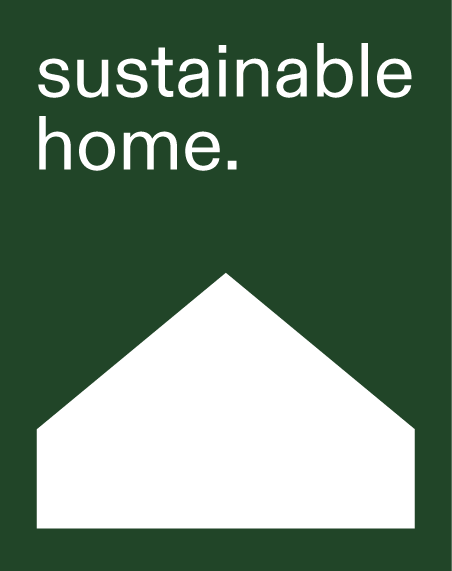For Klaus Carson Studio, building this striking house on the South Coast was filled with both challenges and unique opportunities.
The client brief was relatively straightforward: design a robust, simple home that felt connected to the bushland, without being overly rustic. The real challenge, however, was navigating the undulating, bushfire-prone landscape.
‘The land was steep, covered in bush and shrub, with larger trees around the outer edges of the site, relatively untouched,’ director and principal Klaus Carson says.
‘The decision to build was driven by a desire to create a forever home for their family, something responsive to the land rather than imposed upon it. There was a clear intent to tread lightly while creating a warm and lasting home.’
The rugged shape of the site — combined with its topography and strict bushfire setback requirements — left the Sydney-based design team with a tight, oddly-shaped footprint to work within.
‘Rather than fight against it, we used it as a framework for creativity. The layout became a careful exercise in carving out usable space while maintaining flow, natural light, and privacy. The result is a plan that feels intuitive and spacious, despite the constraints — a testament to letting the site guide the architecture,’ Klaus says.
What they came up with was two barn-like intersecting volumes covered in corrugated steel, designed around an open courtyard between the two forms. This careful composition brings natural light and ventilation into the centre of the floor plan, while strategically placed windows perfectly frame views of the dense bushland beyond.
The architecture’s sloping rooflines and ‘honest materials’ were a deliberate nod to the rural coastal location.
Inside, spotted gum and natural sandstone — including some excavated directly from the site — fills the interiors with warmth, as tactile tiles and stainless steel accents provide subtle details to the home’s pared-back aesthetic.
‘These materials were selected not just for their performance, but for how they will weather and evolve over time,’ Klaus adds.
There’s a quiet confidence and calming presence to the completed Ironbark House. Nothing feels overly polished or decorative. In fact, its simplicity might just be is its most defining feature.
‘This project was a reminder that design is as much about restraint as it is about invention,’ Klaus says. ‘Working with the land shaped every decision and resulted in a home that feels grounded and enduring.’






































































